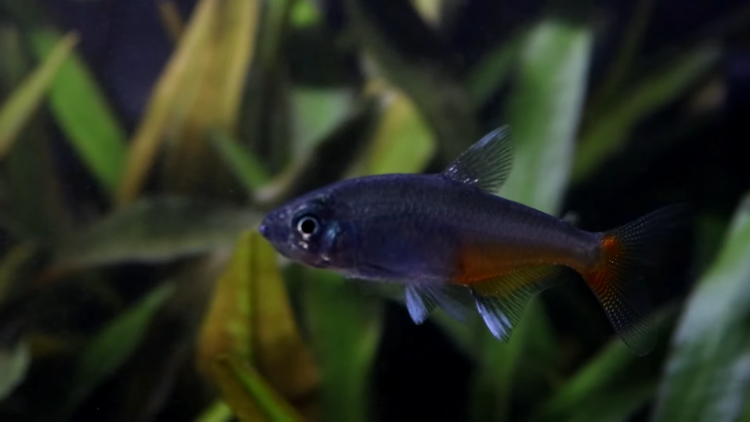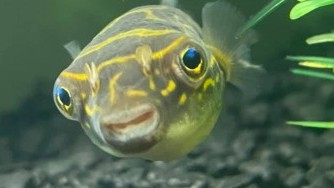Bird's Nest Corals: Complete Care Guide
- Oct 31, 2021
- Anshika Mishra
- 157 0 0

The Bird's Nest corals from the Genus Areatapora are lumped in with other small polyps stony corals. In some respects, the care requirements are similar to those of some mainstream SPS corals like Acropora and Monitpora but differ in some important aspects as well.
Lighting
Typically when people think of SPS, they think of high lighting requirements. But, in Bird's Nest, the lighting depends a lot on the type of Bird's Nest. In addition, although they are the same species, these corals from different areas are very different genetically.
There are varieties like the yellow Bird's Nest that can thrive in very dim lighting, while other types, such as the Pink and the Birds-of-Paradise, require stronger lighting to develop the most appealing coloration. If you put one of the low-light Bird's Nests into a high-light tank, you will witness a rapid decline in health and bleaching, even if great care was taken to acclimate it to the new lighting.
In this sense, Bird's Nest is both similar and dissimilar to other SPS that typically needs lots of light.
Flow
Bird's Nests like a good amount of flow in short of blowing the colony off the rocks; they do not like too much flow. It is a better idea to purchase a small frag or colony and allow it to grow. This makes sense for a few reasons.
First, frags are generally less expensive, and this coral, under the right condition, will grow into a full colony very quickly. Second, large colonies of this coral are Brittle and are extremely difficult to transport without damage occurring. This is true for both local sales and online sales.
The Bird's Nest corals have sharp tips that can easily puncture bags but are brittle enough to break apart from minor bumps against the walls. However, the bright side is that the colony recovers from breaking very quickly, and the little bit that broke off can be regulated to a new substrate to start colonies of their own.
Lastly, though Bird's Nest grows very quickly, they grow to a shape to maximize the flow received in its previous home. The flow patterns in the new aquariums may not be well suited for their given condition. This manifested in the coral decaying from the inside where it was not receiving enough water motion.
Fragging
Propagating a bird's nest is a very straight forwards process. First, start with bone cutters and cut them into one-inch pieces. From there, use super glue to mount them on the plugs. Bird's nests quickly recover from the cutting process and usually start growing on their new substrate very fast.
Some people like to glue their frags vertically while others horizontally. Both methods work horizontally, and they tend to stick better and not fall over from being too top-heavy.






About author